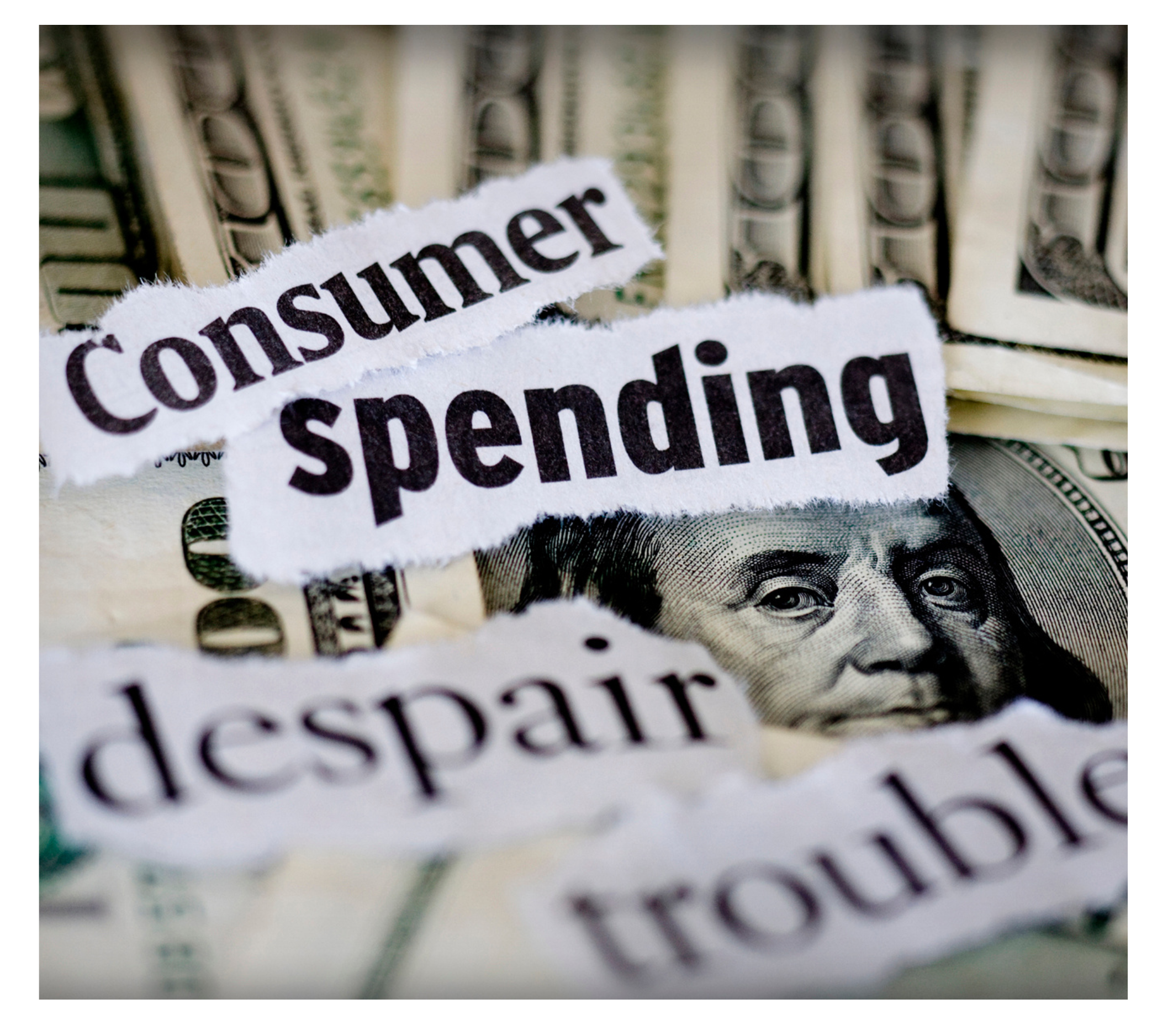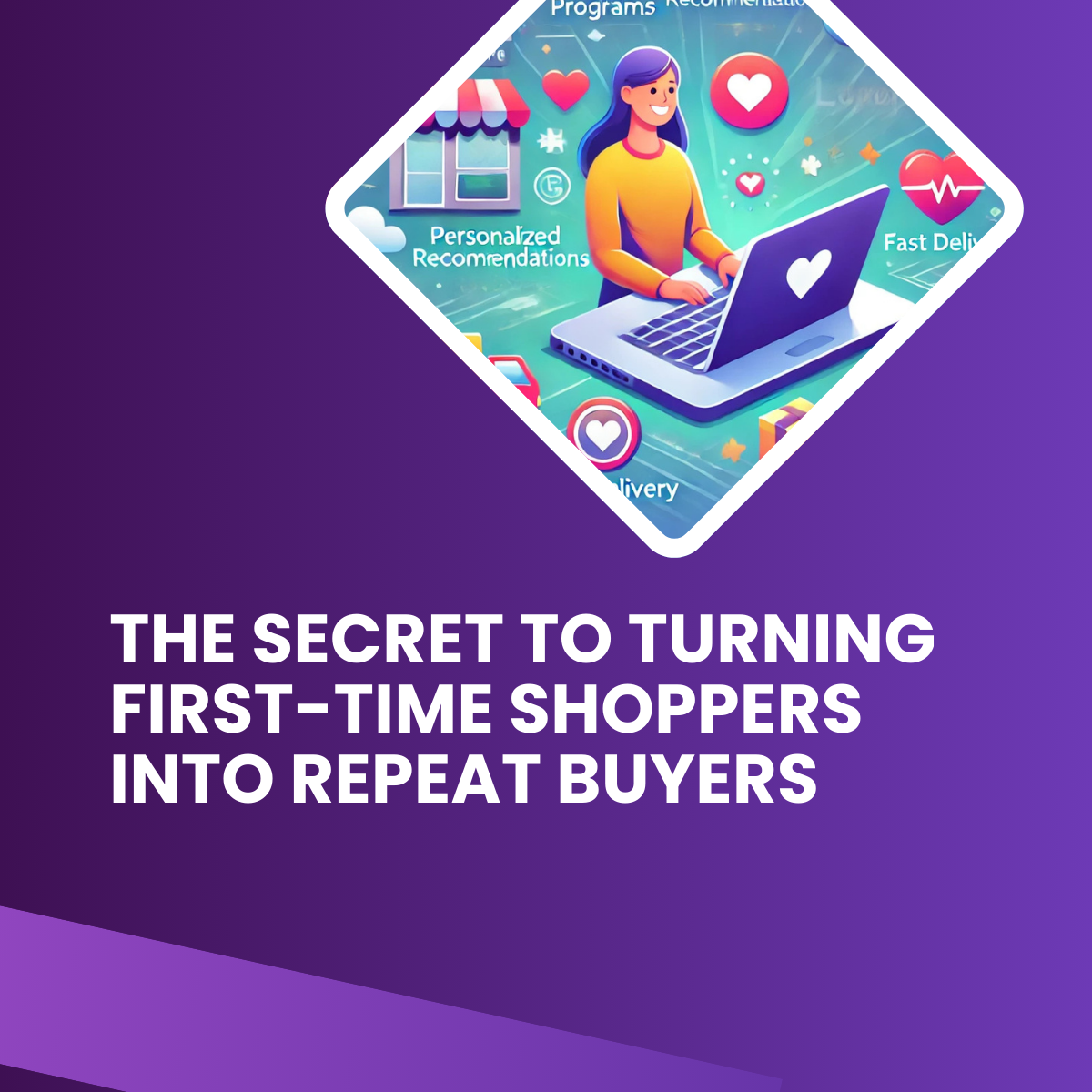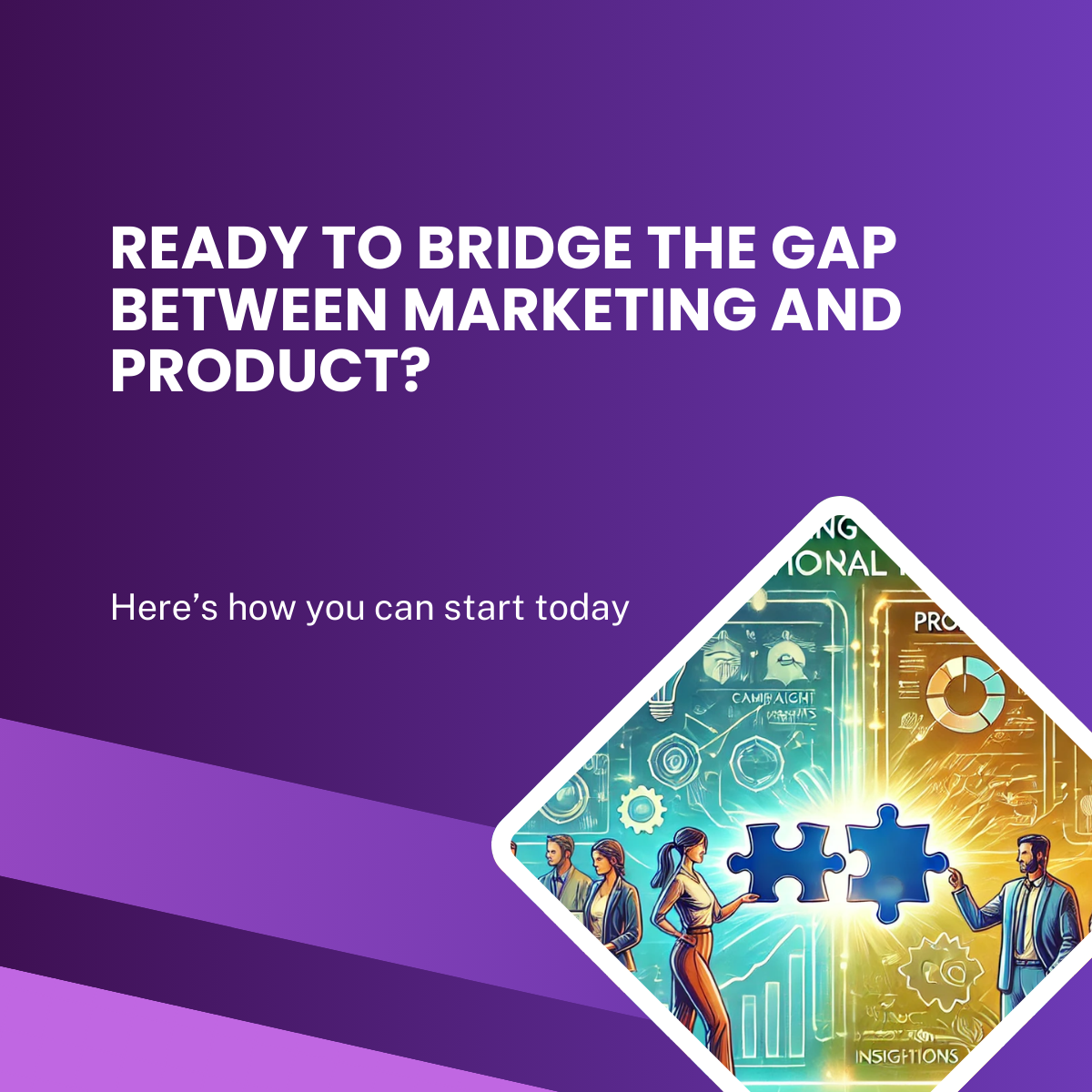Optimizing E-commerce Navigation: A Key to Seamless Customer Journeys

In the fast-paced world of e-commerce, creating a smooth customer journey is essential. It’s not just about looking good—it’s about making it easy for your customers to find what they need, when they need it. And one of the most important parts of that journey? Your website’s navigation. A poorly designed navigation system can frustrate customers, leading to abandoned carts and missed sales. Let’s take a look at how you can optimize your navigation to make the shopping experience effortless and enjoyable for your customers.
Why Navigation Really Matters
Your website’s navigation is the gateway to your products. Without a user-friendly, easy-to-navigate layout, customers might feel lost or frustrated. Think about it: 88% of online shoppers are less likely to return to a site after a bad experience (Source: Forrester). That’s a huge number, and it shows just how much a confusing navigation system can hurt your business.
And when it comes to mobile users? It's even more crucial. With 79% of smartphone users making online purchases in the last six months, optimizing for mobile-first navigation isn’t just a nice-to-have—it’s a must. A poor mobile experience can send potential customers running in the opposite direction.
Understanding the Customer Journey
When we talk about the customer journey, we’re talking about every interaction a user has with your brand—from discovering your site to making a purchase (and even after). There are a few key stages to keep in mind:
- Awareness: Customers find your brand through ads, search engines, or social media. First impressions are everything, and if they can’t figure out how to navigate your site easily, they won’t stick around.
- Consideration: At this stage, they’re browsing your site to compare products, check reviews, and get more details. A smooth navigation experience can make them feel confident about their choices.
- Decision: The moment they decide to add something to the cart. This is where navigation needs to be super simple—anything that causes confusion or delays can result in a cart abandonment.
- Post-Purchase: Once the transaction is made, they might want to track their order, leave a review, or come back for another purchase. A well-organized post-purchase journey keeps them engaged and happy.
Think about it: 17% of customers abandon their cart because the checkout process is too complicated (Baymard Institute). Any disruption in this flow can cause customers to bail. Mapping out your navigation strategy for each of these stages is key to keeping customers on track.
Common Navigation Pitfalls in E-commerce
1. Cluttered Menus
Ever tried shopping on a site with a menu so full of options you couldn’t figure out where to start? It’s overwhelming, right? Too many categories or subcategories can confuse customers rather than guide them. Research shows that users often scan menus in an F-pattern, focusing on the top and left of the screen. So if your menu isn’t streamlined, they might miss exactly what they’re looking for.
2. Ineffective Search
If your search bar isn’t delivering the right results, it can frustrate shoppers quickly. Imagine typing in “running shoes” and getting a list of unrelated products—no one’s sticking around for that. Predictive search is a game-changer here. When your search bar shows suggestions as users type, it speeds up the shopping process and helps customers find what they want faster.
3. Mobile Navigation Problems
With mobile traffic surging, if your site isn’t optimized for mobile, you’re losing out. Tiny buttons, hidden links, or menus that don’t expand properly can drive people away. Mobile shoppers expect things to be easy, and your navigation should reflect that. Think thumb-friendly buttons and expandable menus that make browsing on a small screen feel natural.
4. Hidden Calls to Action (CTAs)
Clear CTAs (calls to action) are essential for guiding users to their next step—whether it’s adding a product to their cart or checking out. If your CTAs are hard to find or too small, users might not take the action you want them to. The easier you make it for customers to find and click your CTAs, the better your conversion rates will be.
How to Optimize Your Navigation for a Seamless Experience
1. Simplify Your Menu
The simpler, the better. Keep your menu clean and organized. Group similar categories together and limit the top-level items to seven or fewer. Overloading users with options doesn’t help them find what they’re looking for—it just overwhelms them. You want them to navigate with ease, not have to guess where to go.
2. Use Predictive Search
Add predictive search to your site! This feature shows relevant suggestions as users type. Think about it: if you’re looking for a pair of red sneakers and the search bar auto-fills “red sneakers for women,” it saves you time and effort. Plus, personalized recommendations can increase your chances of making a sale.
3. Go Mobile-First
If you haven’t already, prioritize mobile optimization. Start with the basics: make sure your navigation menus are expandable, your buttons are large enough to tap, and your categories are easy to find. Sticky CTAs can also help guide mobile users to the next step without scrolling too much.
4. Visual Cues are Your Friend
Breadcrumbs, progress bars, and icons are all helpful tools for guiding users along their journey. Breadcrumbs, for example, help customers track their progress and easily go back to previous pages. A progress bar during checkout can reduce anxiety by showing how far along they are. Little visual cues like these make the journey feel more intuitive.
5. Test, Test, Test
The best way to know what’s working? Test it. Use tools like heatmaps and session recordings to watch how users interact with your site. A/B testing can also show you which navigation designs perform the best. The more you test and tweak, the better your navigation will become over time.
Tools to Help Optimize Your Navigation
- Heatmaps: See where users are clicking and where they’re not. This visual insight lets you make data-backed decisions about where to place key navigation elements.
- Session Recordings: Watch real-time user behaviour to uncover pain points in the navigation process. This is invaluable when it comes to identifying exactly where things go wrong.
- A/B Testing: Test different versions of your navigation layout to see which one works best. Even small changes can lead to big improvements.
- User Feedback: Ask your users! Send surveys or gather feedback through simple forms to get direct insights into their experience with your site.
Case Study: BUFF®’s Navigation Overhaul
A real-world example of successful e-commerce navigation optimization is the case of BUFF®, a company renowned for its multifunctional headwear and outdoor apparel.
Challenges:
- Complex Menu Structure: The previous navigation combined activity-based and collection-based categories, making it difficult for users to find specific products.
- User Confusion: The mixed categorization led to a convoluted user experience, increasing the likelihood of site abandonment.
Strategies Implemented:
- Data Analysis: BUFF® conducted a thorough analysis of user behaviour to understand how visitors interacted with their navigation menu.
- User Testing: They performed usability tests to gather direct feedback on navigation challenges faced by users.
- Session Recordings: By reviewing session recordings, BUFF® identified specific pain points in the navigation process.
- Menu Redesign: Based on these insights, BUFF® restructured their navigation menu to focus on four main product-based categories, replacing the previous mix of activity- and collection-based categories.
Results:
- Conversion Rates: BUFF® saw a 49.8% increase in desktop conversion rates and a 195.2% increase in mobile conversion rates.
- Bounce Rate: Their bounce rate decreased by 10%, indicating a more engaging user experience.
- Visitor Numbers: Visitor numbers increased by 69.9%.
- Revenue: Revenue grew by an impressive 176.1%.
This case underscores the importance of intuitive navigation in e-commerce. By investing in user research and implementing data-driven design changes, BUFF® significantly enhanced their customer journey, leading to measurable business improvements.
Conclusion
In the end, optimizing your e-commerce navigation isn’t just about making your site look good—it’s about creating a frictionless experience that helps customers find what they want, when they want it. By simplifying menus, improving mobile navigation, and continuously testing, you can turn your website into a place customers love to visit (and shop). Start today by evaluating your site’s navigation and making tweaks that will enhance the customer journey. Your customers—and your business—will thank you for it!
Popular Blogs

The Secret to Turning First-Time Shoppers into Repeat Buyers
